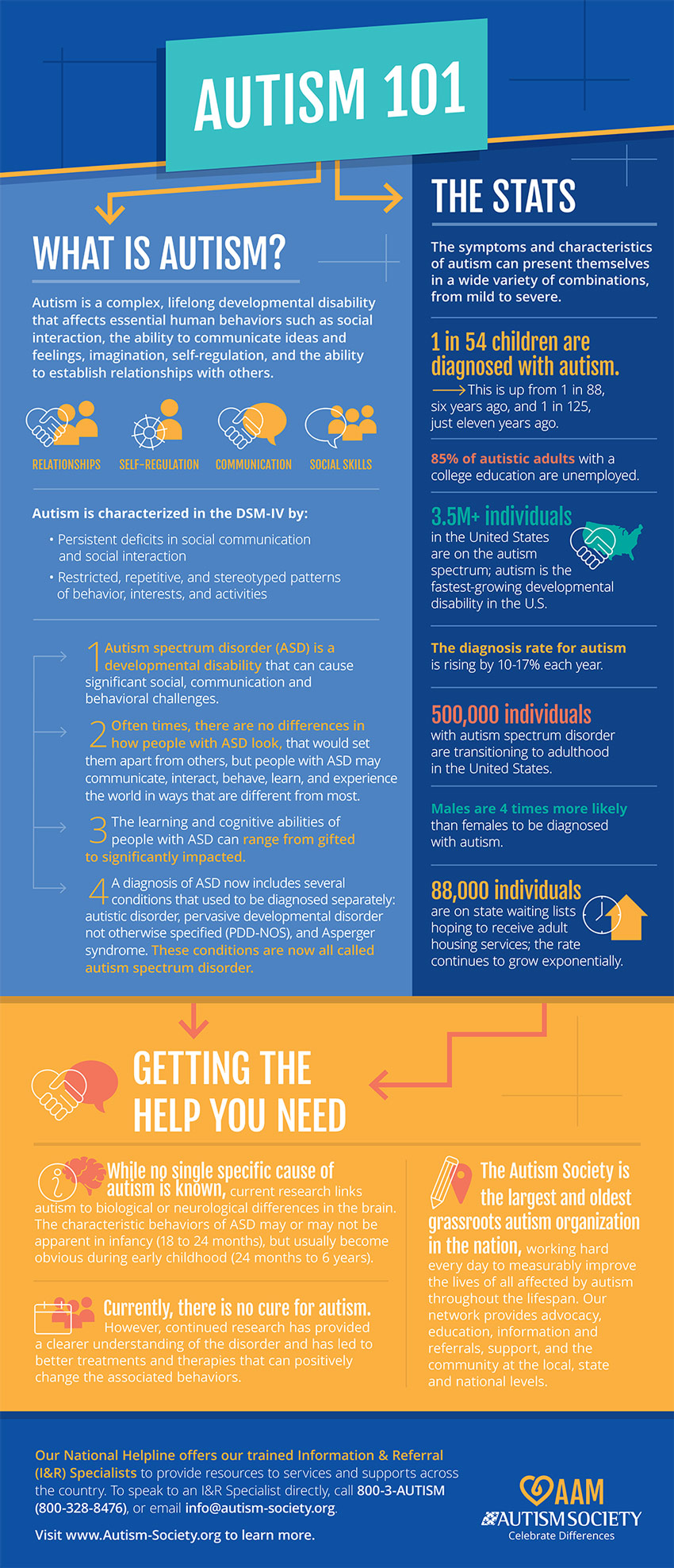Understanding Autism
The Sensory Experiences of Autism
Autism involves a different brain structure that results in a complex neural network with more neuronal connections than neurotypical brains. This creates challenges in following ordered patterns of thought while also unlocking creative potential. For many on the autism spectrum, this complex wiring manifests as heightened sensory processing. The world assaults their senses constantly. Lights appear brighter, sounds louder, textures feel rougher. As babies and children, they are overwhelmed—the delivery room was too bright, wraps too coarse on their skin. Formula tasted terrible to one woman’s daughter, who retains a vivid memory over twenty years later. She finds wool intolerably itchy even now as an adult. Her exceptional hearing detects even the faintest noises and she hates the noise and chaos of competing voices. Though spared extreme visual overstimulation, her experiences echo the sensory overload so common for those on the spectrum.
Continual Sensory Bombardment
To cope, autistic individuals learn either to flit between stimuli or entirely shut out the sensory din. In the former, they appear hyperactive with short attention; in the latter, seemingly blind and deaf as their focus narrows. If exceptionally talented in their area, they may achieve fame for their skills like memorizing train timetables. Yet most live at least partially with these extremes of sensory processing. It challenges daily functioning and exerts an exhausting, sometimes painful toll that defines the autistic experience for many.

Social and Emotional Differences
Another core characteristic involves differences in social skills acquisition. As infants, those with autism do not intuitively watch faces and mimic behaviours like neurotypicals. So they lack the foundation to naturally learn body language and facial expression interpretation.
Learning Social Rules Consciously
One woman’s daughter recognized this challenge. As highly verbal yet rating her own Emotional Intelligence around 50, she described social skills as her “second language”. While her exceptional IQ placed her as gifted, emotionally she estimated being about half her chronological age. For autistics, social rules take much longer to absorb—they must learn them consciously rather than through passive observation as most do. This creates the perception of a “developmental delay”, though in truth autism simply involves a unique neurotype.
An Overabundance of Complex Connections
Rather than a disorder of development, autism stems from an overabundance of neuronal connections forming a very intricate neural architecture. With more dendrites and synapses than typical brains, autistic individuals’ minds function quite differently. Excess connections facilitate creativity through diverse thought pathways but present difficulties with focusing, motor control, emotion processing, and decision making. Artists, musicians and poets likely represent a significant portion of those on the spectrum, showcasing their talents. We all have strengths and weaknesses—autism manifests a brain difference, not a deficit.
Appreciating Neurodiversity
In recognizing autism as neurodiversity rather than a delay or disorder, society can foster greater understanding and inclusion. With support, autistic individuals can achieve their full potential. Though daily life may feel overwhelming due to heightened sensory input or social skills prove challenging to acquire, autism simply denotes a unique neurotype worthy of appreciation for its atypical perspectives and talents.
